- Okres Minhou, Fuzhou, Fujian, Čína
- [email protected]
- +8618606016350
What Is a Pouffe?
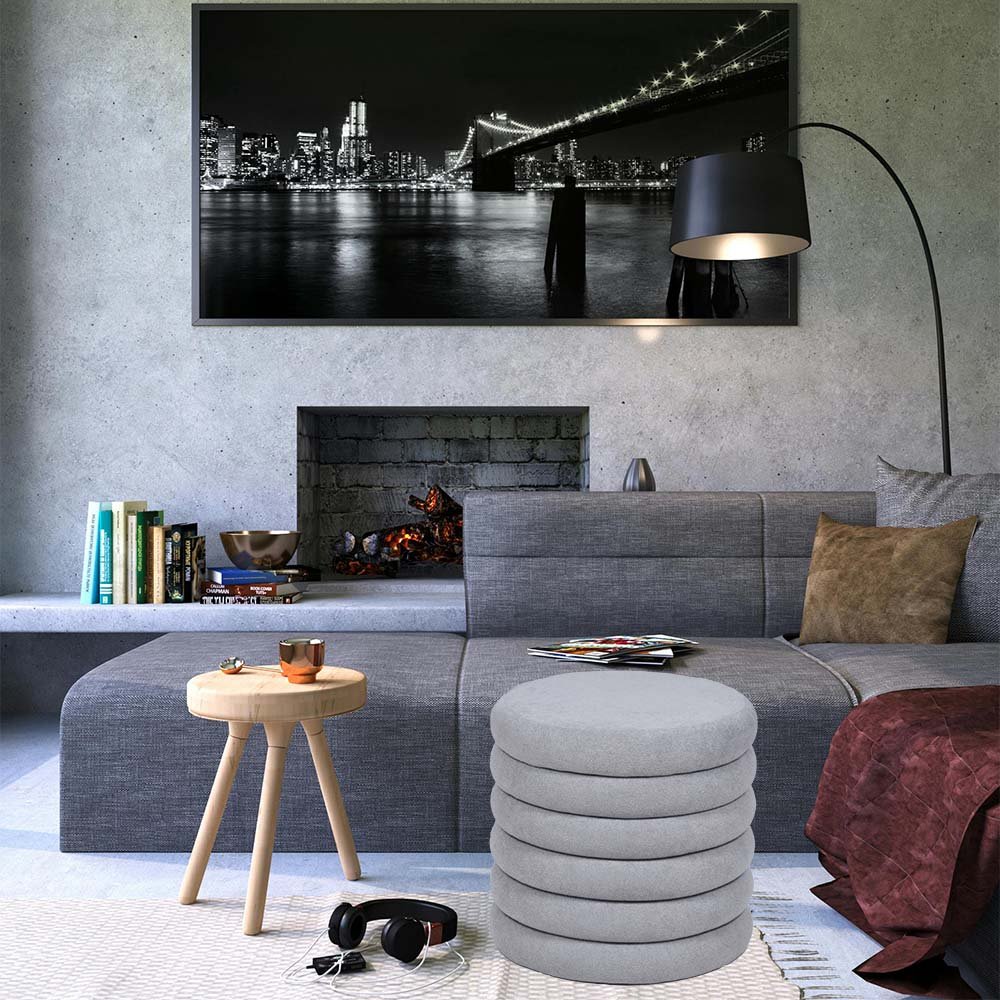
A pouffe (also spelled pouf) is a type of low, cushioned seat or footstool, often upholstered and without legs or a back.
It’s typically soft and round or cube-shaped, and used in living rooms or bedrooms as:
A footrest
Extra seating
A decorative accent
A small table (if firm and flat enough)
Pouffes are often filled with foam, beads, or other soft materials. They’re similar to ottomans but usually smaller and softer.
The term is of French origin (poef) and can also refer to certain styles of women’s hair or clothing in older contexts, but in modern home decor, it almost always means a soft, cushioned furniture piece.
What Is the Difference Between an Ottoman and a Pouffe?
Feature
🪑 Ottoman
🧶 Pouffe
Structure
Sturdy, framed
Soft, unstructured
Size
Usually larger
Usually smaller
Uses
Footrest, seat, table, storage
Footrest, casual seat
Storage
Often has hidden storage
Rarely has storage
Legs
Often has legs
No legs
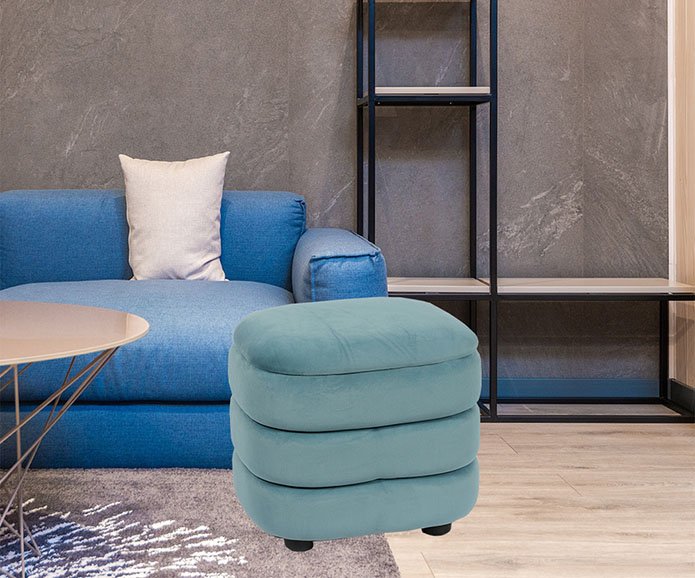
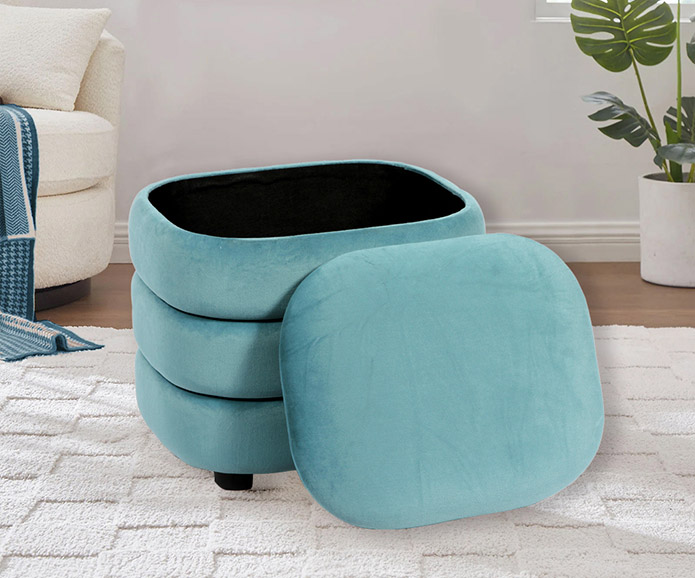
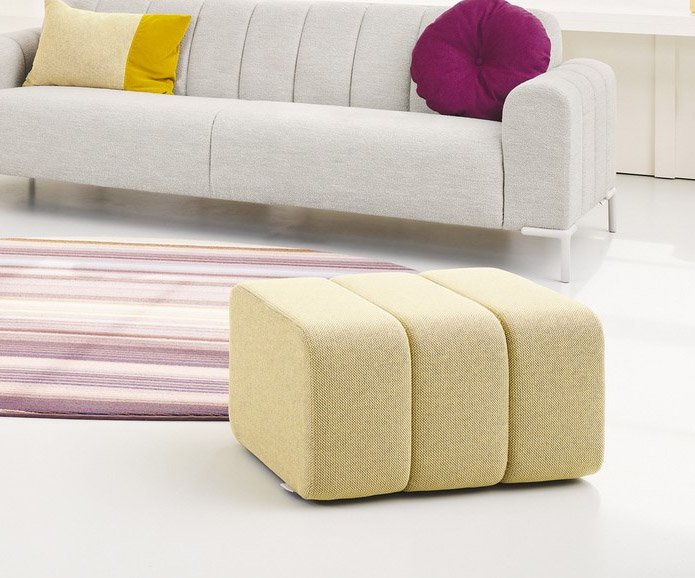
🪑 Ottoman
Structure: Rigid, often built with a wooden or metal frame.
Shape/Size: Typically larger; rectangular, square, or round.
Functions:
Can be used as a footrest, seat, coffee table, or storage unit.
Many ottomans have a hinged lid or removable top for internal storage.
Design: Often coordinated with sofas or armchairs; may have legs or wheels.
Formality: Generally more formal and structured in appearance.
🧶 Pouffe
Structure: Soft, frameless, filled with foam, beads, or stuffing.
Shape/Size: Usually smaller and lower to the ground; round or cube-shaped.
Functions:
Mainly used as a footrest or casual floor seat.
Rarely used for storage or as a table.
Design: Often decorative or textured (e.g., knitted, woven, or leather).
Formality: More informal, relaxed, and playful in design.
Although there are similarities between pouffes and ottomans, the differences are quite large – and will have an impact on the look and feel of a room.
What Is a Pouffe Made of?
A pouffe (or pouf) is typically made from soft, durable materials designed for comfort, support, and aesthetics. Here’s a breakdown of what pouffes are made of, both inside and outside:
🧵 Outer Material (Covering)
This determines the look, feel, and durability of the pouffe.
Materials include:
Cotton or Linen – Soft, breathable, and casual
Velvet – Luxurious, plush texture for elegant decor
Leather or Faux Leather – Durable, wipe-clean, and stylish
Boucle Fabric- soft and silky but with a very warm and cosy feel.
Knitted Wool or Yarn – Cozy, boho vibe (often handwoven)
Jute or Hemp – Natural, rustic style, great for eco-conscious designs
Canvas or Denim – Tough and durable for everyday use
🧸 Inner Filling (Stuffing or Core)
This defines the firmness and shape of the pouffe.
Common fillings:
Polyester fiberfill – Soft and fluffy, lightweight
Polystyrene beads – Beanbag-like feel, moldable and comfy
Foam (solid or shredded) – Supportive and springy
Recycled fabric scraps or rags – Eco-friendly and budget-conscious option
🪵 Optional Frame or Base
Some larger or multi-functional pouffes (especially ottoman-style ones) may include:
A wooden or metal frame inside
Hard base panels to provide structure or support for sitting
However, most pouffes are frameless, soft, and lightweight.
How to Choose the Right Pouffe?
1. Determine Its Purpose
Start by deciding how you will use the pouffe:
For putting up your feet, choose a soft, low pouffe.
For extra seating, go for a firmer, medium- to large-sized pouffe.
If you want a coffee table alternative, pick a structured pouffe with a flat surface.
For decoration, select one with interesting textures, patterns, or colors.

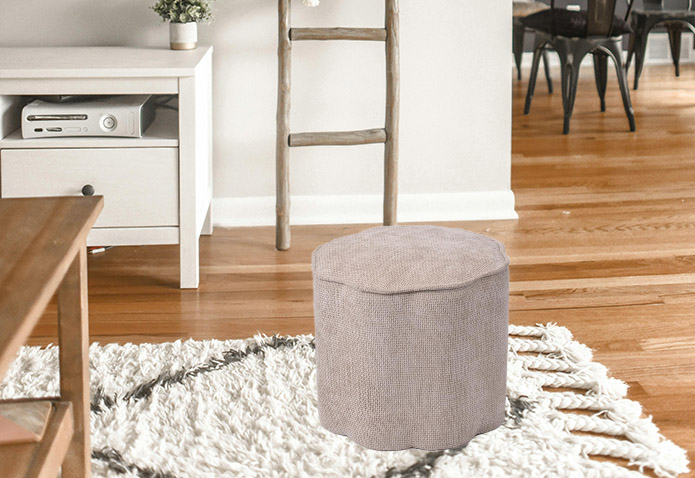
2. Choose the Right Size and Shape
Make sure the pouffe fits well within your space.
Small or round pouffes are ideal for compact rooms.
Larger pouffes can serve as central elements in spacious areas.
Shapes like round, square, or oval can change the feel—round is more casual, while square feels modern and structured.
3. Match Your Interior Style
Pick a pouffe that complements your existing décor:
Minimalist: Simple shapes and neutral tones.
Bohemian: Woven textures or knitted fabrics.
Modern: Sleek materials like leather or velvet.
Rustic/Natural: Earthy materials like jute or hemp.

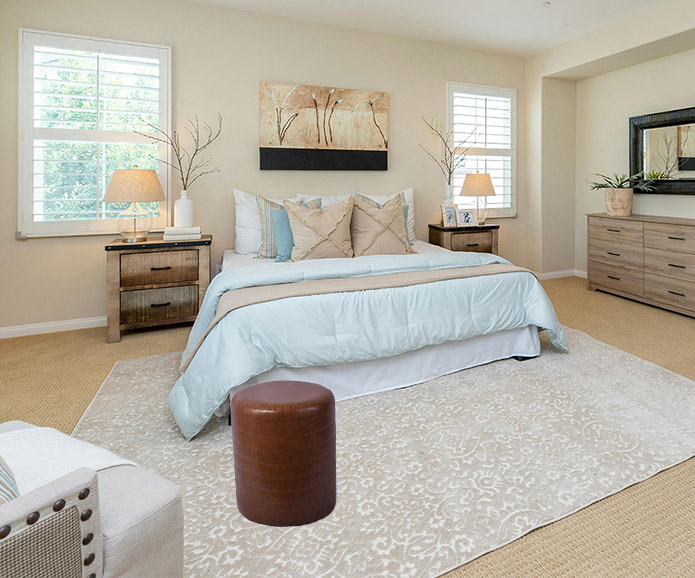
4. Consider the Material
Select materials that suit your lifestyle and environment:
Cotton or linen: Light and breathable.
Velvet: Luxurious and soft.
Leather or faux leather: Durable and easy to clean.
Wool or knit: Warm and cozy.
Natural fibers: Eco-friendly and textured.
If you have kids or pets, choose durable and stain-resistant fabrics.
5. Check the Filling
The inside of the pouffe affects comfort and support:
Polystyrene beads: Lightweight and moldable.
Foam: More structured and ideal for seating or table use.
Fiberfill or recycled materials: Soft and eco-friendly.
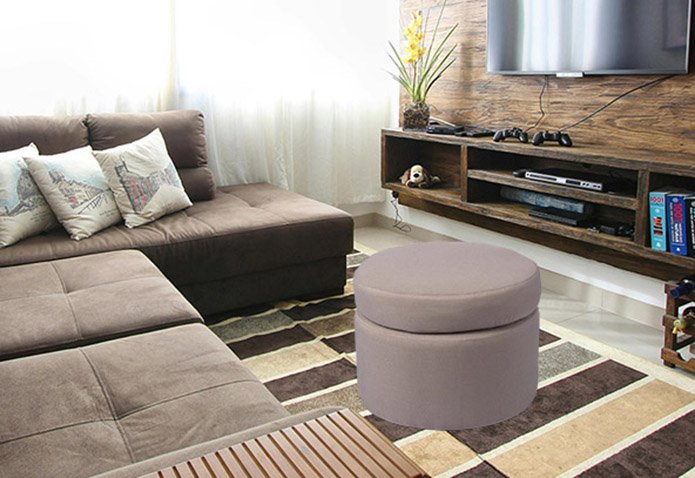
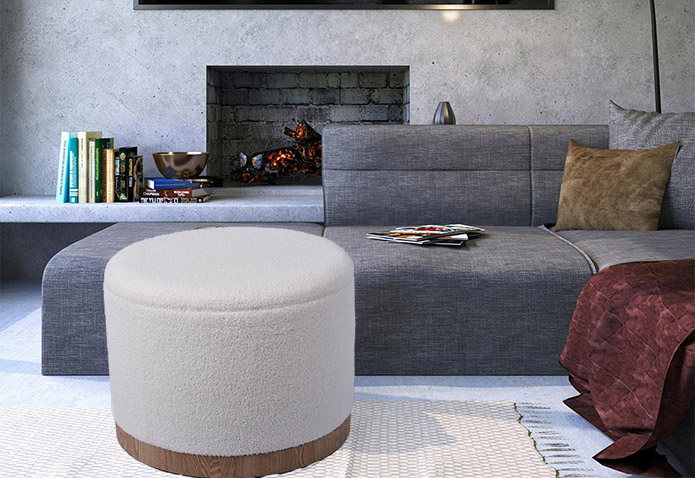
6. Look for Practical Features
Removable covers are ideal for cleaning and maintenance.
Consider storage pouffes if you need extra space inside.
🧾 How to Order Pouffe from a Wholesale Manufacturer
1. Define Your Product Requirements
Before contacting us, clearly outline what you need:
Size, shape, and materials (e.g., 45×45cm cotton pouffe with polystyrene filling)
Color options or custom patterns
Packaging and branding requirements
💡 Tip: Include product references or sketches to avoid miscommunication.
2. Request Samples
Never skip this step. Ask for:
A standard pouffe sample (to check quality and materials)
A custom sample (if you want specific fabrics, stitching, labels, etc.)
📦 Expect to pay for samples and shipping. Reliable suppliers often deduct the cost from your first order.
3. Negotiate Key Terms
Once you’re satisfied with samples, discuss:
Unit price based on volume
MOQ: each color 20pcs
Lead time (usually 35–48 days)
Payment terms (commonly 30% deposit, 70% before shipment)
Shipping method (FOB, CIF, EXW, etc.)
Custom branding options
✍️ Request a written quote or Proforma Invoice (PI).
4. Place Your Order
After agreeing to terms:
Send a formal Purchase Order (PO)
Confirm production timeline and packaging
Make the deposit payment
Stay in touch for production updates and factory photos
5. Arrange Shipping
Work with a freight forwarder or ask the manufacturer to assist.
Prepare for:
Import duties and customs clearance
Required documents (Invoice, Packing List, Bill of Lading, etc.)
Choosing sea freight (more cost-effective) or air freight (faster)
6. Conduct Quality Inspection
Before shipment, consider hiring a third-party inspection service (like SGS or Intertek) to:
Check dimensions, stitching, fabric quality
Verify quantity and labeling
Reduce risk of defective or incorrect items
7. Receive Goods & Review
Upon arrival:
Count and inspect all pouffes
Report any issues quickly
Leave supplier feedback and build trust for future orders
Conclusion:
A pouffe is both a functional and stylish addition to modern interiors.
Whether used as a footrest, extra seat, or decorative accent, it blends comfort with design in a way few other pieces can.
If you’ve ever asked yourself, what is a pouffe, now you know—it’s a soft, versatile piece that can transform the feel of your space.
Adding a pouffe to your home is a simple way to elevate coziness, texture, and personality. With so many sizes, shapes, and styles to choose from, there’s a perfect pouffe for every room.
Still wondering what is a pouffe and how it can work in your space? Let our curated collection inspire you.

O nás
Fuzhou Fytch Home Decor Co., Ltd has more than 20 years of manufacturing experience. Our company was found as starlight in 2017, but factory established in 2005.
Kontaktujte nás
Nenechte si ujít naše budoucí aktualizace! Přihlaste se k odběru ještě dnes!
2025,FUZHOU FYTCH HOME DECOR CO., LTD Všechna práva vyhrazena.
